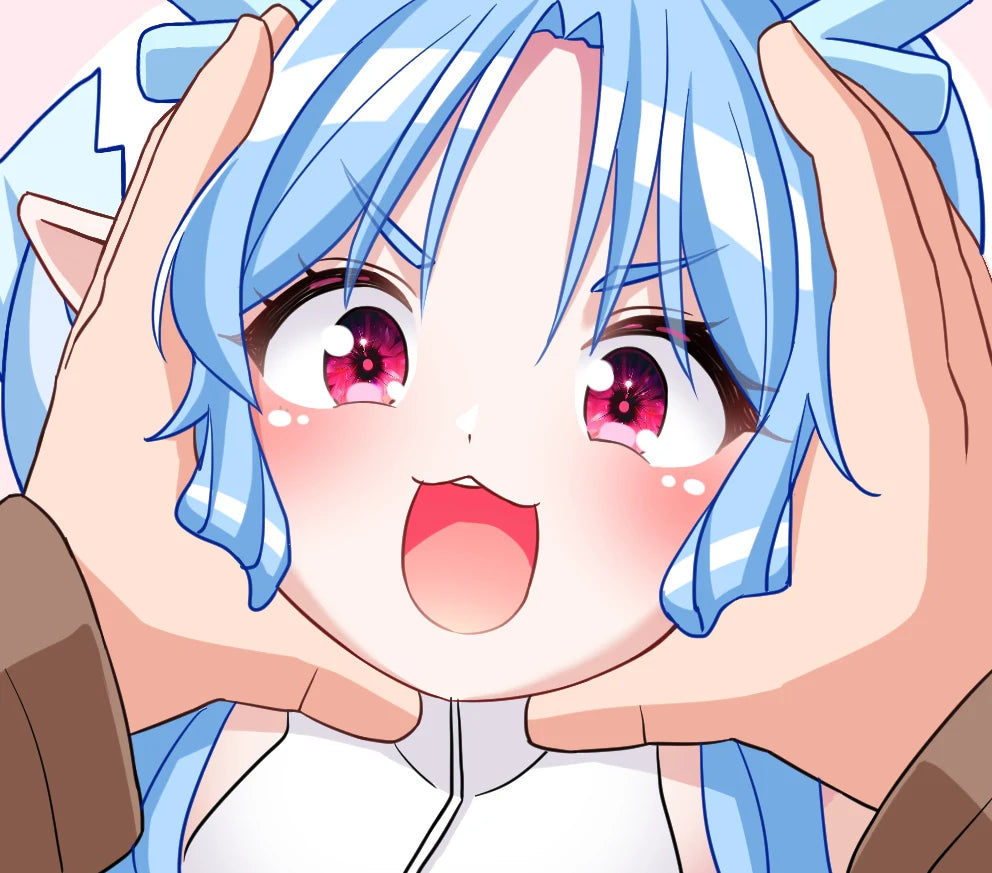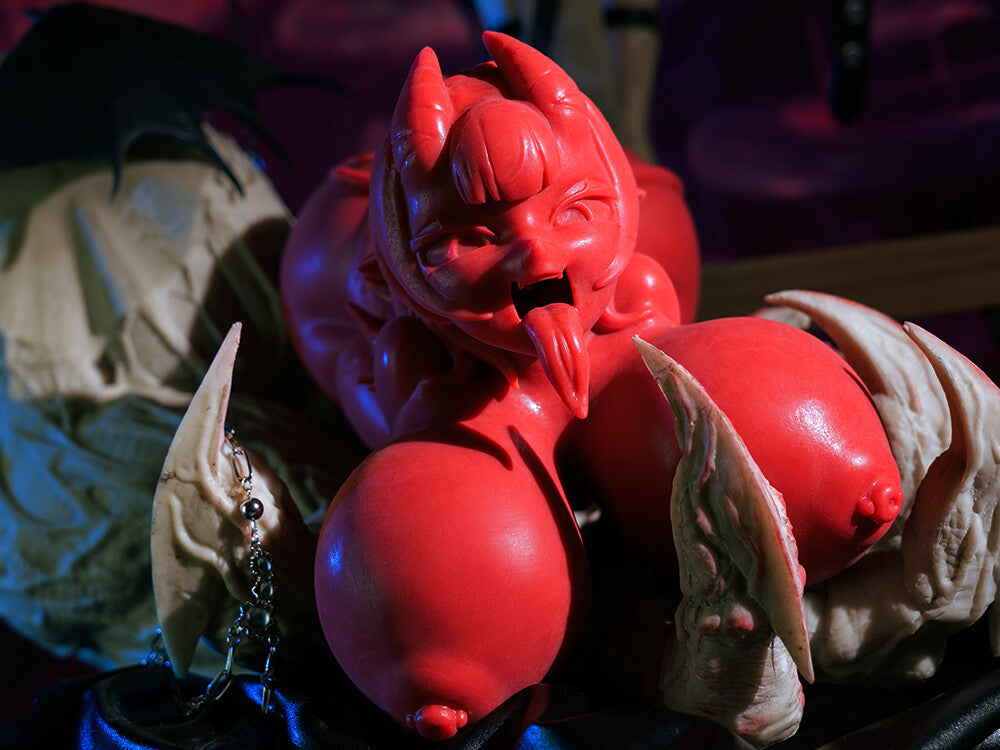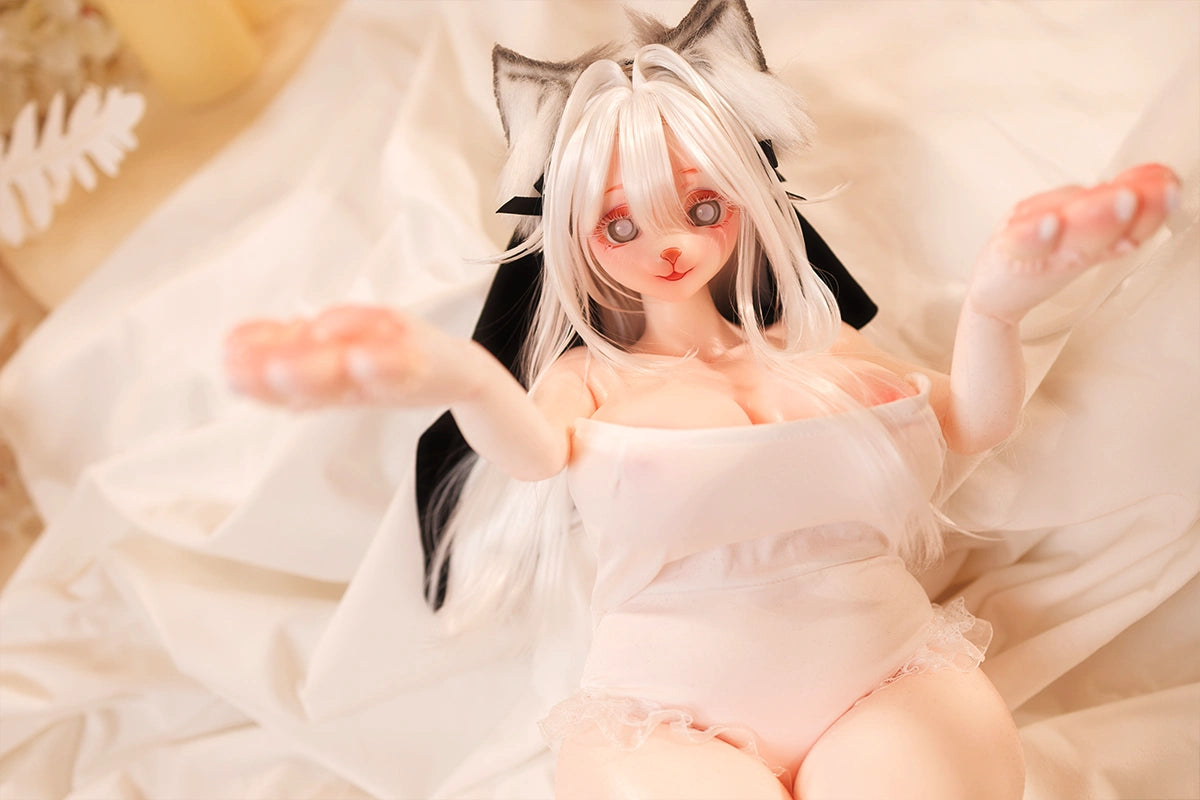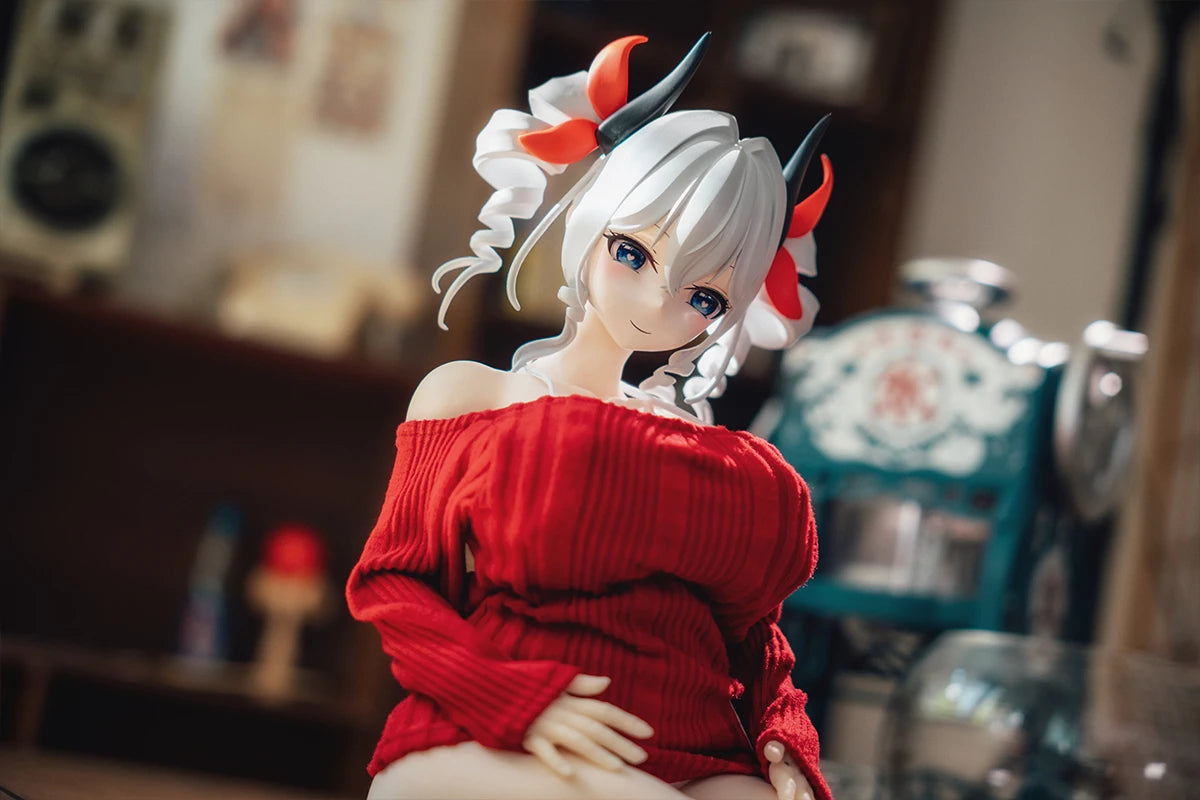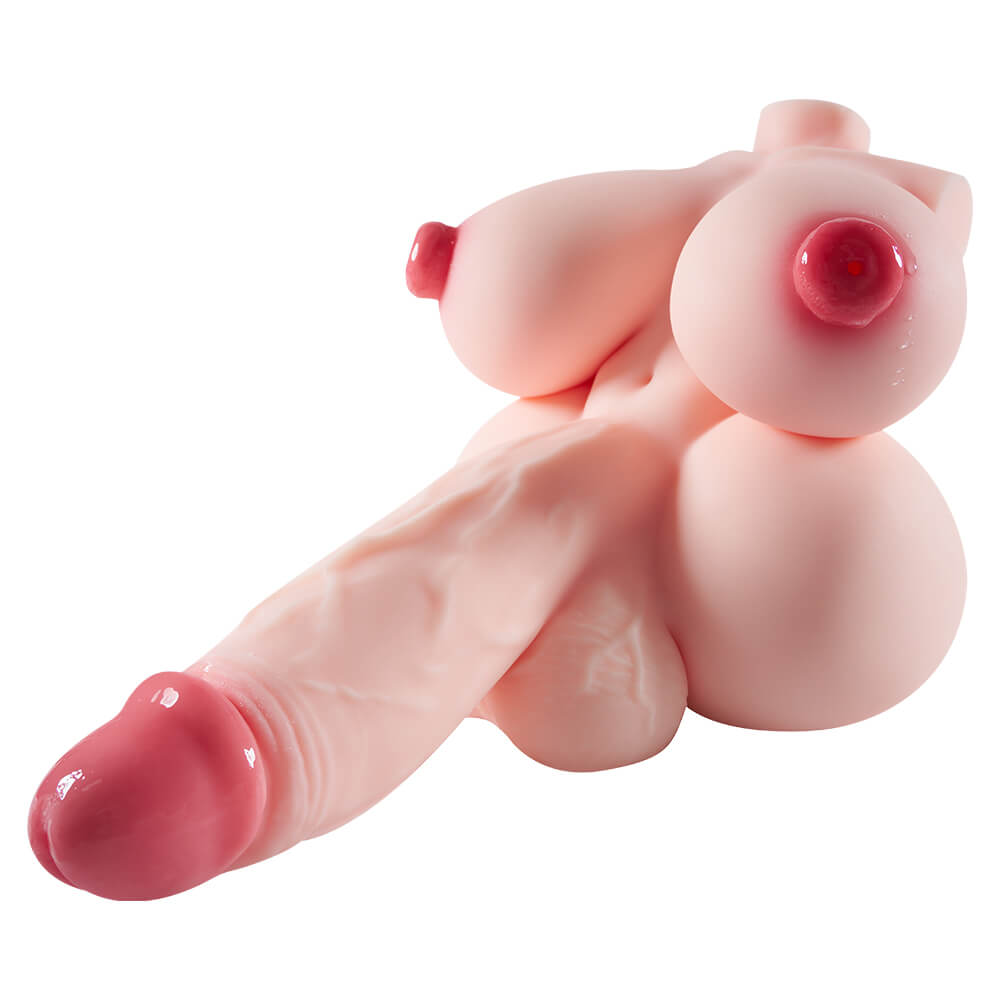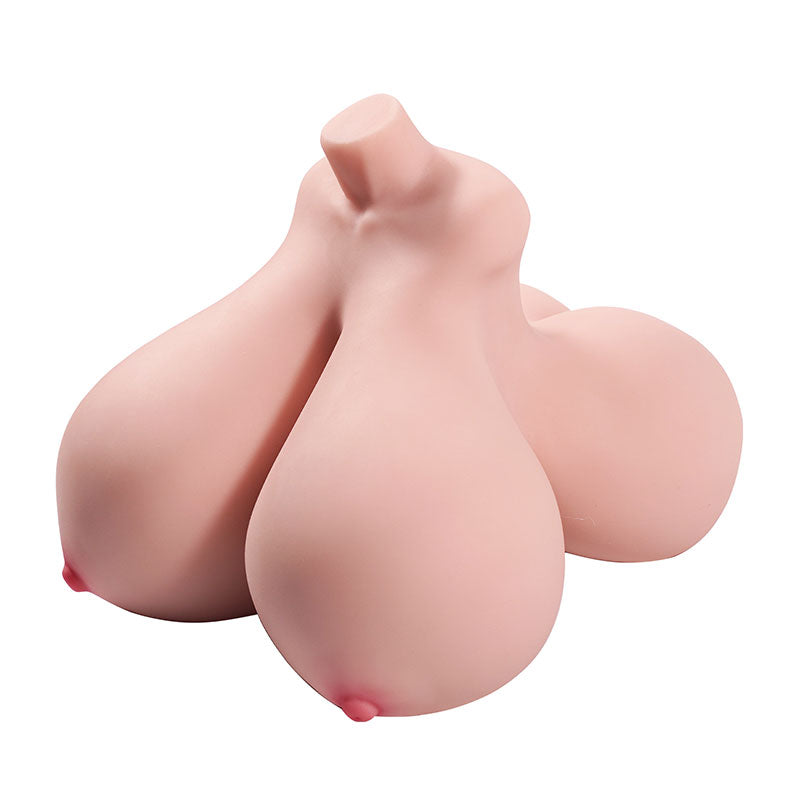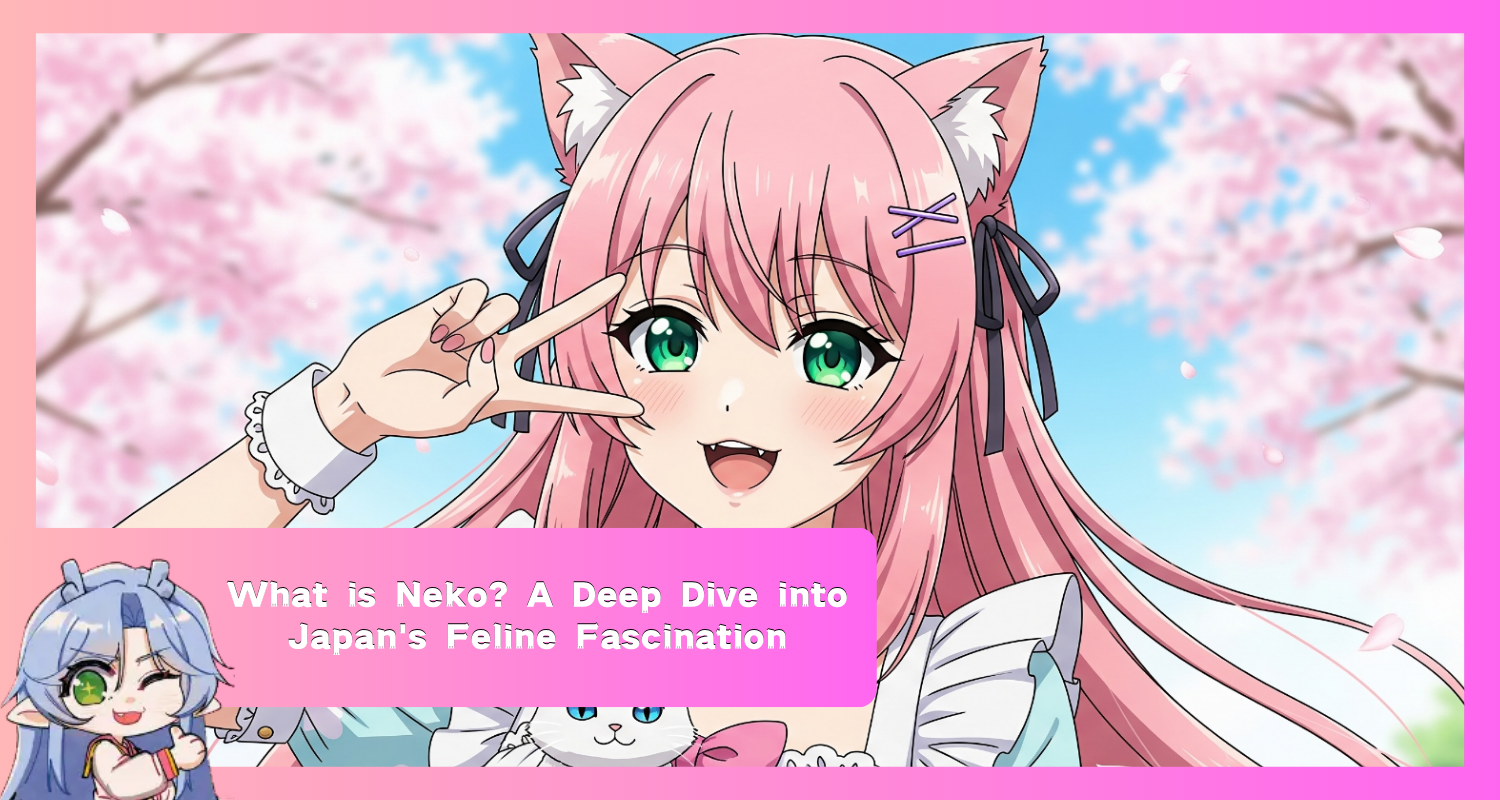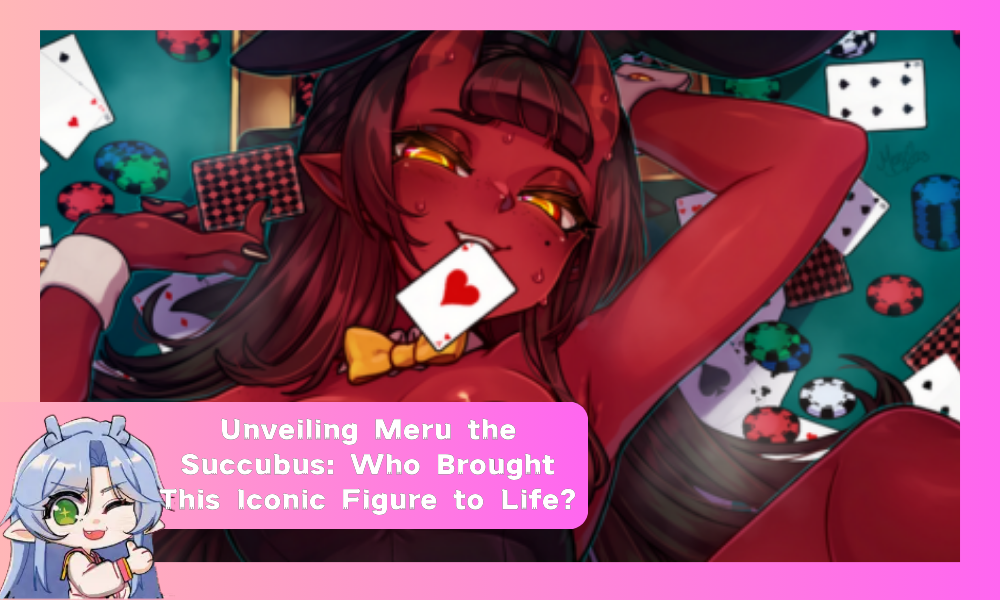What is Neko? A Deep Dive into Japan's Feline Fascination
Table of Contents
What is Neko? A Deep Dive into Japan's Feline Fascination
The Cultural and Historical Journey of the Neko in Japan
The Supernatural Neko: Understanding Japan's Mythical Cat Yōkai
The Modern Neko: The Rise of the Neko Girl
The Neko in Adult-Oriented Subcultures
Frequently Asked Questions (FAQ)
What is Neko?
Simply put, neko (猫) is the Japanese word for "cat". But this simple translation doesn't tell the whole story. The idea of the neko is a big part of Japanese culture, stories, and modern life. When people hear the word neko, they might think of many things. This includes respected historical animals, symbols of good luck, scary monsters from old tales, and the very popular neko girl of anime and manga. The journey of the neko from a basic animal to a major cultural symbol shows a lot about Japan's history and its pop culture. To really understand what a neko is, we need to look at its full history. Although the word neko is used in other areas, like for a programming language or in science, this article will only focus on its meaning in Japanese culture, from a holy animal to a worldwide pop culture symbol.

The Cultural and Historical Journey of the Neko in Japan
The cat's important place in Japan is not a new thing. Its value comes from centuries of being useful, being owned by nobles, and being respected spiritually. This history created a special relationship that prepared the way for the cat's later roles in myths and pop culture.
From Sacred Guardians to Prized Possessions
Cats are not originally from Japan. History shows they were first brought from China around the 6th century on ships that also carried Buddhist teachings. Their first job was very important: they protected holy Buddhist scrolls from being eaten by rats. Because they guarded religious texts, cats were seen as high-status animals.

Later, in the Heian period (794–1185), cats changed from being useful protectors to symbols of the rich and powerful. They were so rare and expensive that only nobles and the emperor's court could have them. The first cat in Japan with a recorded name was called Myobu no Otodo, which was a noble title given by Emperor Ichijo to his pet. But this special status didn't last forever. As cats became more common, people started seeing them as regular animals that would sometimes steal food. Things changed in 1602 when the government ordered all cats to be let free. This was done to fight a major rat problem that was hurting the country's silk business. This mix of being seen as both special and ordinary made people believe cats could have supernatural powers. An animal that was both a common pet and a historical symbol was perfect for folklore and legends.
The Maneki-neko: Beckoning Good Fortune into the Modern Era
Maybe the most famous and friendly cat figure from Japan is the Maneki-neko (招き猫), or "beckoning cat". This cute statue, usually shown with one paw up, is a strong symbol of good luck. The most well-known story about it comes from the Gōtoku-ji temple in Tokyo during the Edo period. A local lord named Ii Naotaka was hiding from a storm under a tree. He saw the temple priest's cat waving to him. He walked toward the cat, and just after he moved, lightning hit the tree he was under. The lord believed the cat saved his life and became a supporter of the temple, making it very wealthy.

The meaning of the Maneki-neko is very specific. A raised right paw is said to bring money, while a raised left paw brings in customers. The color is also important: the calico cat is the luckiest, white means happiness, gold means wealth, and black is thought to keep away evil and sickness. This lucky cat is very different from the scary cat figures in Japanese folklore.
The Supernatural Neko: Understanding Japan's Mythical Cat Yōkai
At the same time as the friendly Maneki-neko, a scarier cat mythology was growing. These supernatural cats, called yōkai, showed the mysterious, unpredictable, and dangerous sides of real cats.
The Bakeneko: The Shapeshifting Monster Cat
The bakeneko (化け猫), which means "changed cat," is a general name for a cat that has gained supernatural powers. A cat could become a bakeneko in a few ways: by living for a long time (usually over 13 years), getting very heavy (over 3.75 kg), or having a very long tail. People believed this so much that they started cutting kittens' tails short to stop them from changing.

Bakeneko have many powerful abilities. They can walk on two legs, speak human languages, and change their shape to look like other things, including their owners, who they might kill and replace. Even though they are sometimes shown in a funny way, like dancing with a towel on their head, they are a real danger. They can create ghost-like fireballs, start house fires with their tails, and even control dead bodies like puppets. Famous stories, like the Nabeshima Bakeneko Disturbance, made the bakeneko a famous figure in Japanese horror.
The Nekomata: The Vengeful Forked-Tail Demon
A more specific and often more evil type of cat yōkai is the nekomata (猫又). The main physical feature of a nekomata is its tail, which splits into two as it gets older and transforms. This forked tail was the clearest sign of a cat's demonic power. While bakeneko was a general term for a strange cat, the nekomata was a more developed and powerful monster.

Old stories talk about two kinds of nekomata. The first kind are huge beasts that lived in the mountains and ate people. The second, more common kind comes from old house cats. These creatures are usually seen as more evil than a typical bakeneko and hate humans. They have all the powers of a bakeneko but are also masters of controlling the dead, using special dances to make corpses move. They are known for haunting their old owners with visions of dead relatives to get revenge.
Bakeneko vs. Nekomata: A Comparative Analysis
For people who love Japanese folklore, knowing the difference between these two cat demons is important. The main differences are listed below, showing how the nekomata is a more specialized and scary version of the supernatural cat myth.
Feature |
Bakeneko (化け猫) |
Nekomata (猫又) |
|
Defining Trait |
Single tail; a general term for a supernatural cat. |
Forked or multiple tails, developed with age. |
|
Origin |
Transforms due to old age, weight, or licking lamp oil. |
Transforms from old domestic cats; a separate, more bestial type also exists in mountains. |
|
Temperament |
Varies from mischievous and playful to malicious; can be neutral. |
Generally considered more malevolent, vengeful, and contemptuous of humans. |
|
Key Powers |
Shapeshifting, human speech, reanimating corpses, summoning fireballs. |
All bakeneko powers, plus advanced necromancy (controlling the dead with ritual dances), and are often more powerful. |
The Modern Neko: The Rise of the Neko Girl
The scary cat yōkai from old stories didn't just disappear. Instead, it changed again, turning from a creature of fear into one of the most famous and loved characters in modern Japanese pop culture: the neko girl.
From Monster to Moe: The Evolution of a Pop Culture Trope
The connection between folklore and anime can be seen in the ukiyo-e woodblock art of the Edo period. Artists like Utagawa Kuniyoshi often drew cat-monsters in human form but kept their cat ears visible. This was a sign that they were supernatural and could not be trusted. These drawings were the direct ancestors of the modern neko girl.

After World War II, the character type was slowly changed. Creative artists began to remove the scary parts and focused on the cat-like features to show cuteness. Early anime and manga like Princess Knight (1953) and Star of Cottonland (1978) showed these characters as charming and friendly instead of dangerous. This "taming" of the bakeneko led to the neko girl becoming extremely popular in the 1990s, making her a common character in anime, manga, and video games.
Deconstructing the Appeal: The Psychology and Aesthetics of the Neko Girl
The neko girl has stayed popular because of a powerful mix of reasons. Visually, the design is simple but works well: a human character, usually a girl, with cat features like cat ears (nekomimi), a tail, and sometimes fangs or paws. This design is part of a larger category called kemonomimi ("animal ears"), but the cat version is the most famous.

These physical features are not just for looks; they signal certain personality types. Neko girl characters are often playful, mischievous, and independent, just like real cats. This personality often connects with the tsundere type (a character who is cold at first but becomes warmer over time), which is a big favorite in fan culture. The cat ears and cat-like speech (like adding "nya" to sentences) are seen as examples of moe—a Japanese term for the affectionate and protective feeling people get from cute characters. This creates an interesting mix: a character who is both independent and wild, but also cute and vulnerable, making audiences want to protect them. Some experts have even compared this character type to the Playboy Bunny in the West, as both mix innocence with animal-like instincts.
The Embodiment of an Ideal: Crafting the Neko Form in Art and Reality
The desire to create the perfect neko girl look has inspired artists in many fields, from animation to cosplay and 3D models. This artistic goal to make a real-life version of the neko ideal has led to very detailed figures and art dolls. A key example of this is the "Nicole Anthropomorphic Kitten" from MRL Sex Doll, which is advertised as the "first 3.0 Furry Anime Sex Doll".
Looking at this product shows how its design is made to match what fans love about the neko character type. The "Anthropomorphic Neko Kitten" design is a direct creation of this hybrid idea. Its character is described as a "Playful and Devoted Neko Cleric," which mixes a fun personality with deep loyalty—a very appealing fantasy. New technical features like a "Seamless Integrated Head" and "New Hand Joints" for better posing are presented as ways to make the fantasy feel more real and believable. Special features like "soft, white cleric paws" are pointed out as a unique touch to improve the experience, making it about more than just looks. This shows how much culture wants to bring the neko fantasy to life.
The Neko in Adult-Oriented Subcultures
As the neko character type grew, it appeared in different subcultures, including some with adult themes. To understand this, we need to define the words used.
Defining the Terminology: Neko Hentai and Neko NSFW
The word hentai (変態) literally means "transformation" or "perversion". In Japan, it can mean a pervert or a perverted action. But in Western fan groups, the word is used for pornographic anime and manga. So, neko hentai is the type of explicit anime or manga that has neko girl characters. This subgenre is popular because it combines the cuteness (moe) of the character with a wild, animal-like instinct, which creates a strong fantasy for adults.
The tag neko nsfw is a wider, more modern term. "NSFW" means "Not Safe For Work" and is used online to mark any content that is not appropriate for a work or public place. For neko, this tag can be used for anything from suggestive fan art and neko hentai to discussions about the word's more adult meanings.
A Cult Classic: The Bizarre World of Nyan Neko Sugar Girls
To show a deep understanding of the culture, we have to look at the stranger parts of the fandom, and Nyan Neko Sugar Girls is the most famous. This web series, which started in 2010, is a well-known "fanime" (fan-made anime). It became a cult classic for being "so bad it's good." Known for its simple MS Paint art, annoying voice acting, and a plot that makes no sense, Nyan Neko Sugar Girls is seen as a clever parody of early 2000s fan culture. Its popularity shows how online fan groups can be self-aware and make fun of themselves.

The Broader Slang Meaning of Neko
It is also important to know another, separate meaning of neko used in Japanese LGBTQ+ slang. Here, neko refers to the "bottom" or submissive partner in a gay relationship, while tachi (タチ) means "top". This use of the word might come from the way a cat holds itself or the idea that cats are submissive. This adult meaning uses the same mix of ideas seen in the history of the neko. The old bakeneko was both attractive and dangerous; the modern neko girl is both cute and sexual. This slang, like neko hentai, continues to use the powerful mix of attraction and submissiveness that has been linked to cats in Japan for a long time.
Frequently Asked Questions (FAQ)
Q1: What is the difference between a neko girl and a furry?
A: This is a big topic in fan groups. A neko girl is usually a human character with some cat features like ears and a tail, which is a type of character called kemonomimi. "Furries," on the other hand, are usually animal characters with human traits, like walking on two legs, talking, and wearing clothes. The main difference is a human with animal parts versus an animal with human traits.
Q2: Are there male versions of neko girls?
A: Yes. The male version is often called a neko boy or catboy. They are not as common in media as neko girls, but they are a popular character type, especially in genres for a female audience like shōnen-ai or BL (Boys' Love) manga and otome games.
Q3: Why do neko characters often say "nya" or "nyan"?
A: "Nya" (ニャー) or "nyan" is the Japanese sound for a cat's meow. It is often used as a catchphrase for neko characters in anime and manga to show their cat-like nature and make them seem cuter, which is a key part of their moe appeal.
Q4: In summary, why are cats so important in Japanese culture?
A: Cats are special in Japan for several reasons. In history, they were respected as protectors of holy texts and later became symbols of wealth for the rich. In folklore, they represent a mix of good and evil, shown by the lucky
Maneki-neko and the dangerous bakeneko and nekomata monsters. In modern times, they are pop culture icons that represent cuteness, independence, and mystery.
Q5: What does hentai neko mean?
A: Hentai neko is just the words neko hentai in a different order. Both terms mean the same thing: explicit, pornographic anime or manga (hentai) that has characters with cat-like features (neko), like catgirls. Using this phrasing helps people find it when they search for it that way.
References
Azuma, H. (2010). In T. A. Noonan, [Critique of the manga series Loveless]. As cited in Catgirl. (2024, November 23). In Wikipedia. https://en.wikipedia.org/wiki/Catgirl
Bakeneko. (n.d.). In Mythus Wiki. Retrieved July 19, 2025, from https://mythus.fandom.com/wiki/Bakeneko
Bokksu. (2024, August 7). The enigmatic cat yokai: Unveiling the bakeneko’s mysteries in Japanese lore. Bokksu. https://www.bokksu.com/blogs/news/the-enigmatic-cat-yokai-unveiling-the-bakenekos-mysteries-in-japanese-lore
Catgirl. (2024, November 23). In Wikipedia. https://en.wikipedia.org/wiki/Catgirl
Catster. (n.d.). Cats in Japanese culture. Retrieved July 19, 2025, from https://www.catster.com/lifestyle/cats-in-japanese-culture/
Crunchyroll. (2020, July 19). From Bakeneko to Bakemonogatari: The secret history of catgirls. Crunchyroll. https://www.crunchyroll.com/news/features/2020/7/19/from-bakeneko-to-bakemonogatari-the-secret-history-of-catgirls
Grindr. (n.d.). What does NSFW mean? Grindr. Retrieved July 19, 2025, from https://www.grindr.com/blog/nsfw-meaning
Her Campus. (n.d.). Feline figures: Exploring the enduring presence of cats in Japanese literature. Retrieved July 19, 2025, from https://www.hercampus.com/school/usfsp/feline-figures-exploring-the-enduring-presence-of-cats-in-japanese-literature/
Japan Experience. (n.d.). Bakeneko or the legend of the cat-monster. Retrieved July 19, 2025, from https://www.japan-experience.com/prepare-trip/know/understand-japan/bakeneko-legend-of-the-monster-cat
Japan Station. (2025, March 6). The ORIGINS of "NEKO!" Digging into the ETYMOLOGY of the Japanese Word for "CAT" | Japan Station 149 [Audio podcast episode]. In Japan Station: A Podcast About Japanese Culture and Language. Apple Podcasts. https://podcasts.apple.com/us/podcast/the-origins-of-neko-digging-into-the-etymology/id1440454968?i=1000698067438
List of fictional cats in animation. (2025, May 20). In Wikipedia. https://en.wikipedia.org/wiki/List_of_fictional_cats_in_animation
List of fictional catpeople. (2025, May 20). In Wikipedia. https://en.wikipedia.org/wiki/List_of_fictional_catpeople
Maneki-neko. (n.d.). In Wikipedia. Retrieved July 19, 2025, from https://en.wikipedia.org/wiki/Maneki-neko
Nekomata. (n.d.). In Mythus Wiki. Retrieved July 19, 2025, from https://mythus.fandom.com/wiki/Nekomata
Nekomimi. (n.d.). In Wiktionary. Retrieved July 19, 2025, from https://en.wiktionary.org/wiki/nekomimi
Nekomusume. (2025, May 20). In Wikipedia. https://en.wikipedia.org/wiki/Nekomusume
Nippon.com. (n.d.). Cat legends abound. Retrieved July 19, 2025, from https://www.nippon.com/en/japan-topics/g01054/
Neko. (n.d.). In WikiFur. Retrieved July 19, 2025, from https://en.wikifur.com/wiki/Neko
Sports Illustrated. (n.d.). How Uma Musume Pretty Derby took over Twitch. Retrieved July 19, 2025, from https://www.si.com/esports/news/how-uma-musume-pretty-derby-took-over-twitch
The Gamer. (n.d.). Anime: Best cats, ranked. Retrieved July 19, 2025, from https://www.thegamer.com/anime-best-cats-ranked/
Tachi. (n.d.). In Fanlore. Retrieved July 19, 2025, from https://fanlore.org/wiki/Tachi
WikiFur. (n.d.). Neko (term). In WikiFur. Retrieved July 19, 2025, from https://en.wikifur.com/wiki/Neko
Yuri (genre). (2025, May 20). In Wikipedia. https://en.wikipedia.org/wiki/Yuri_(genre)

